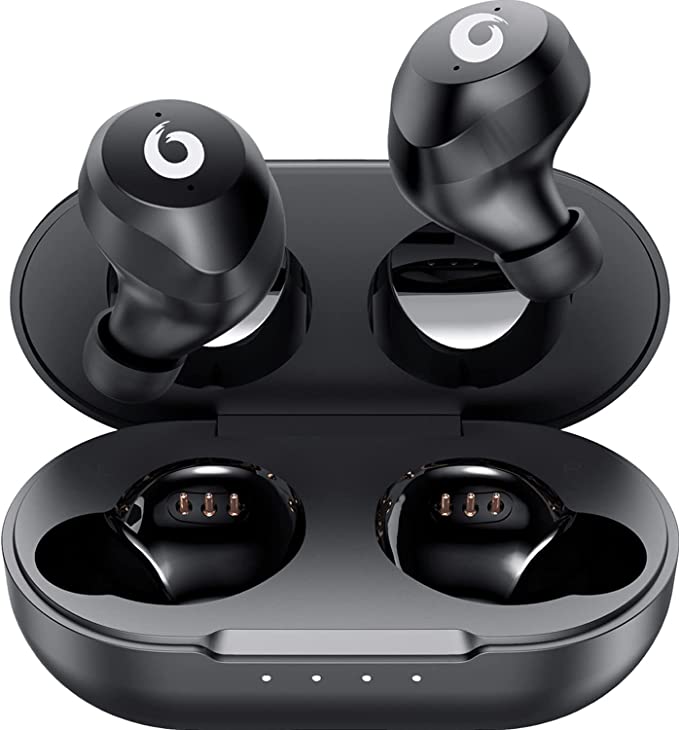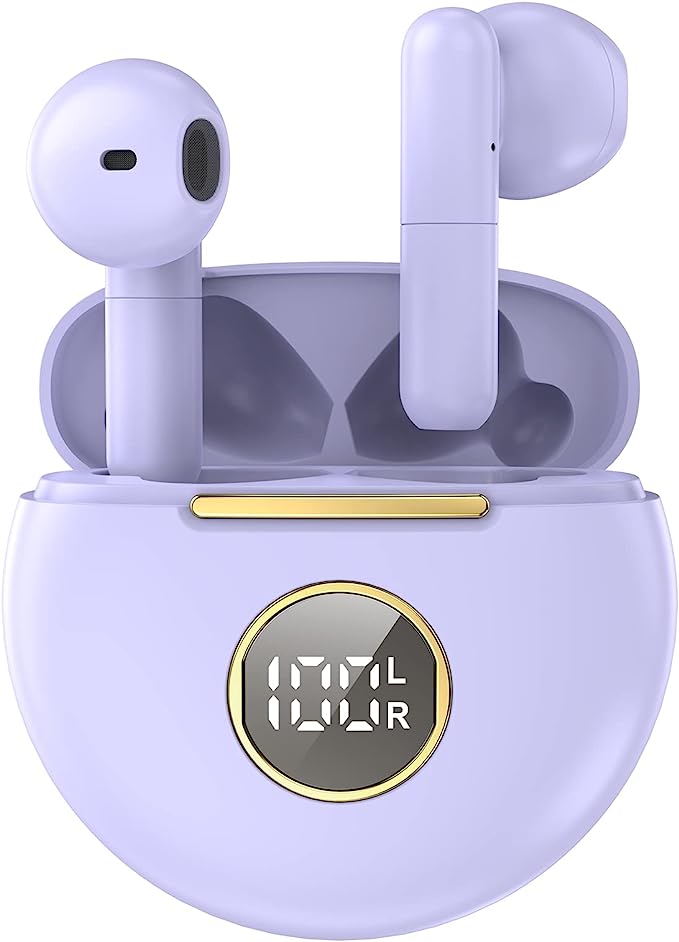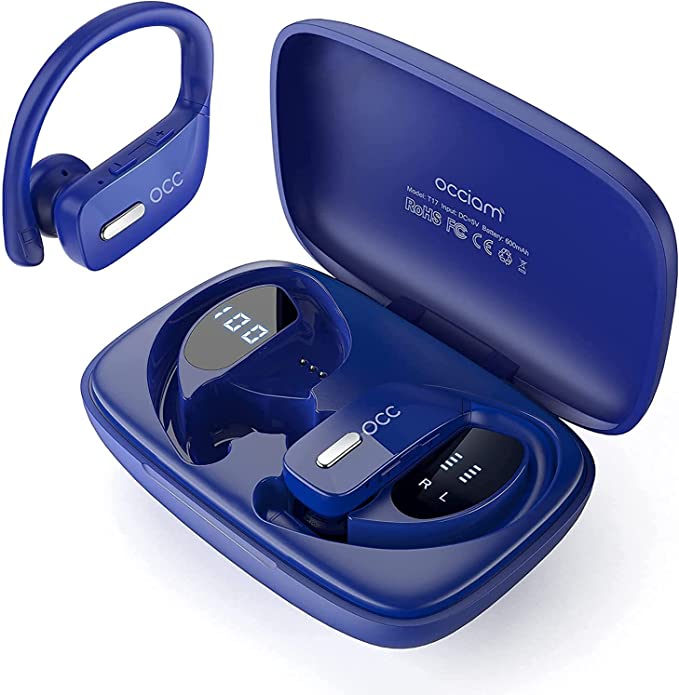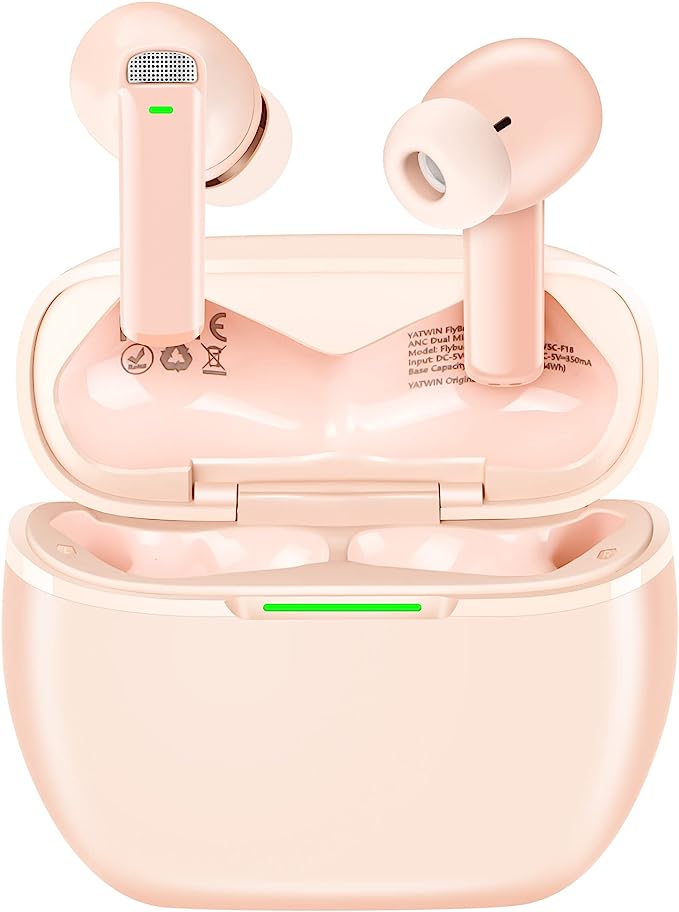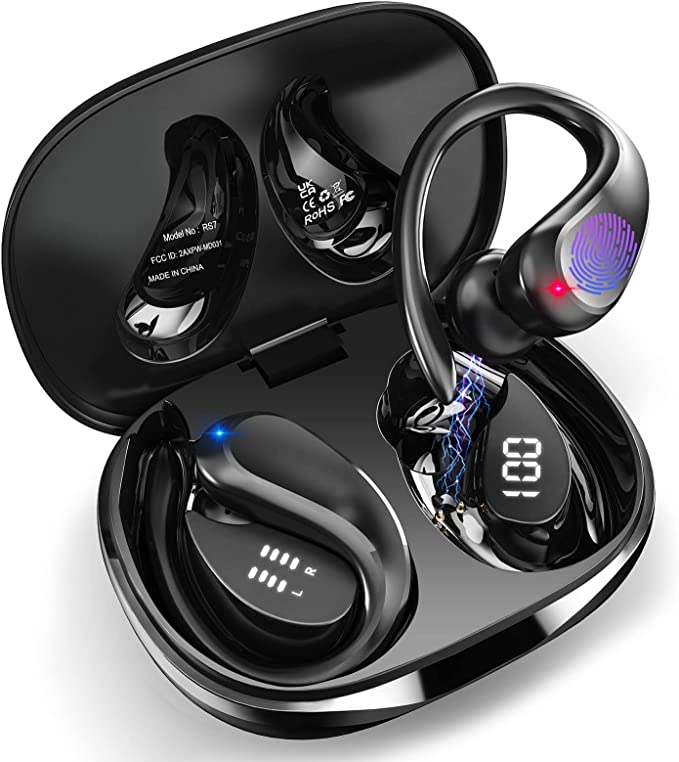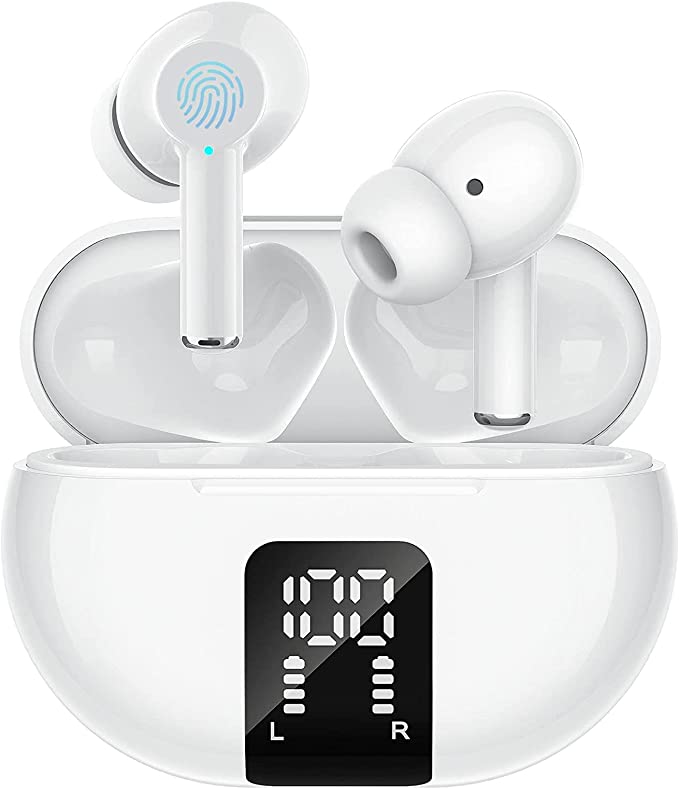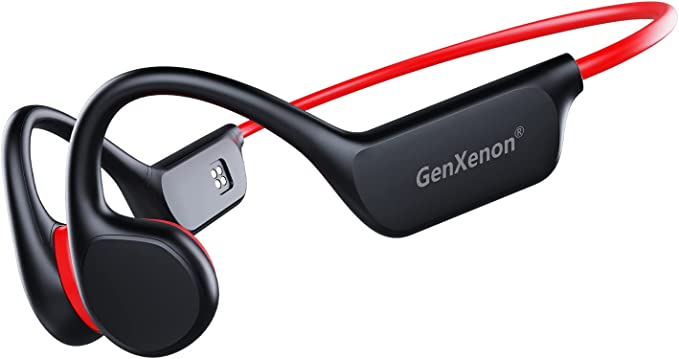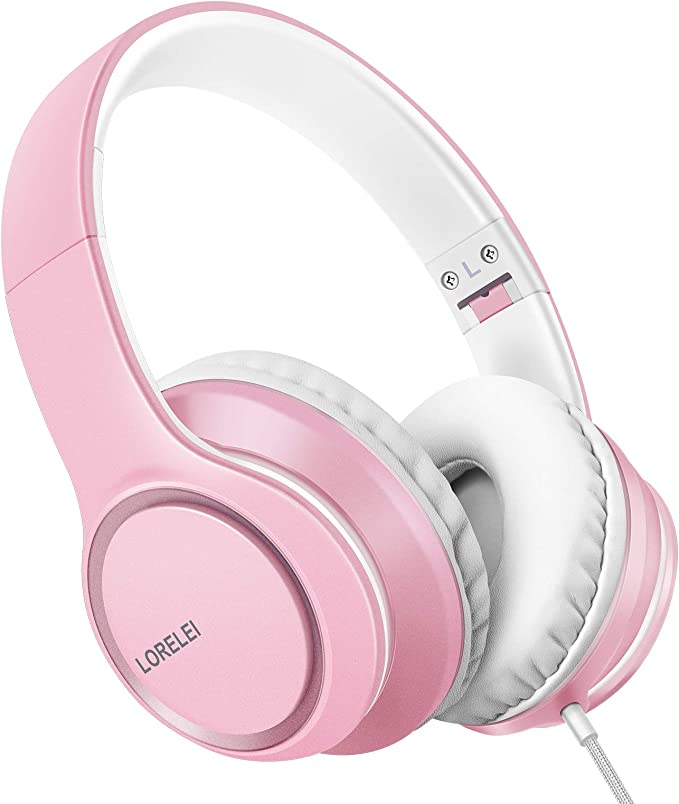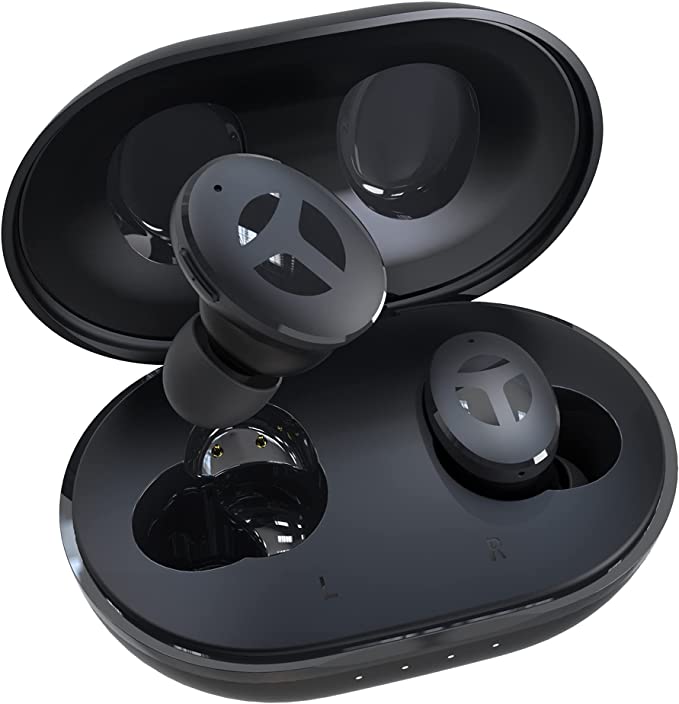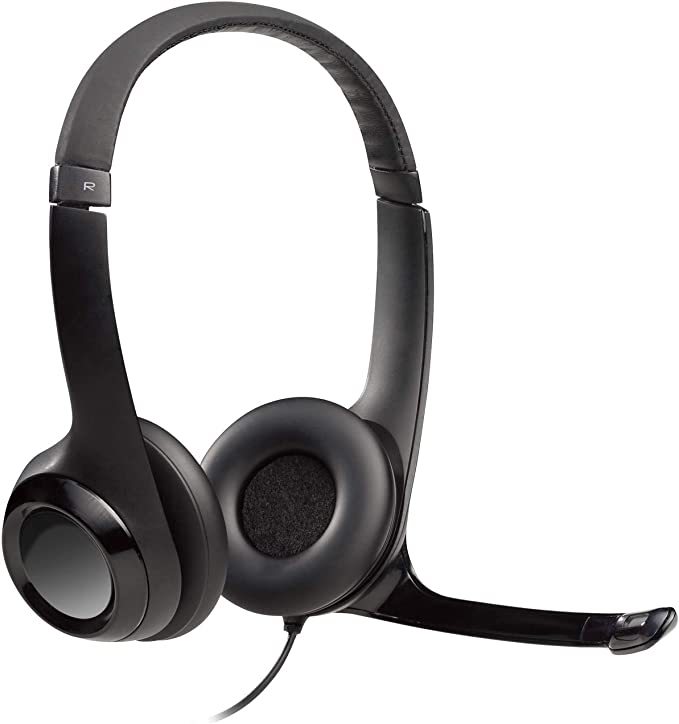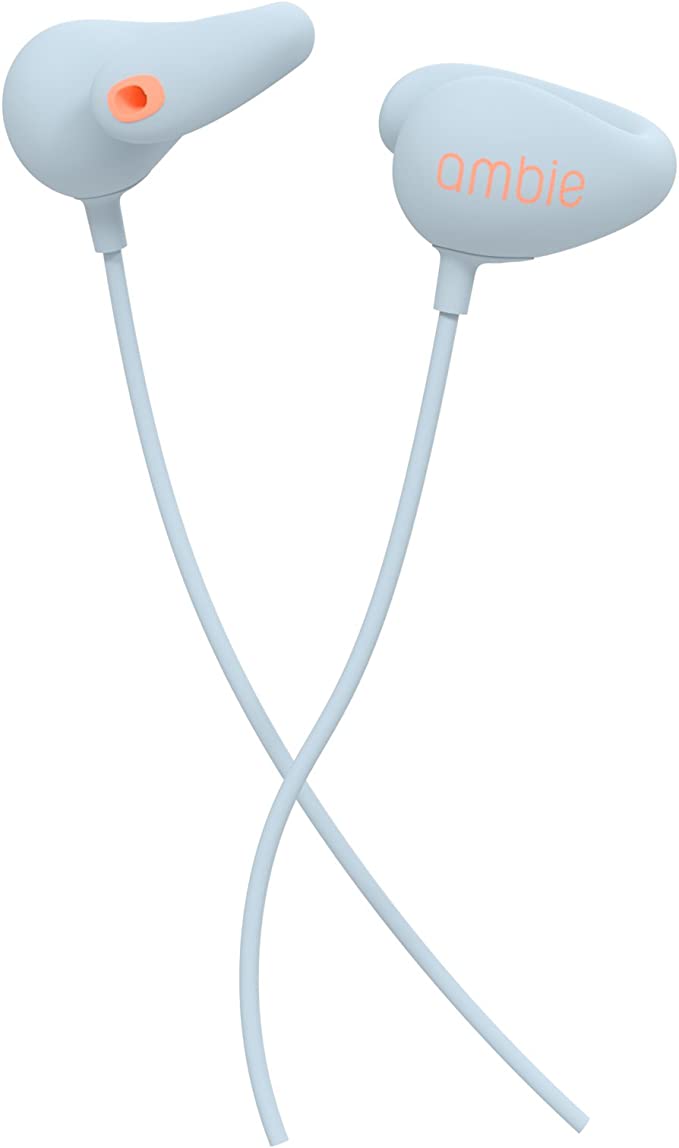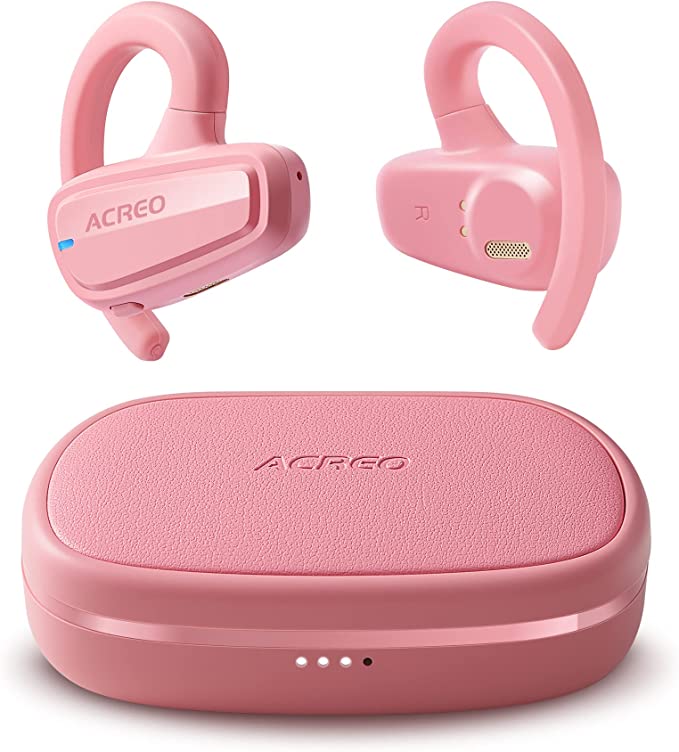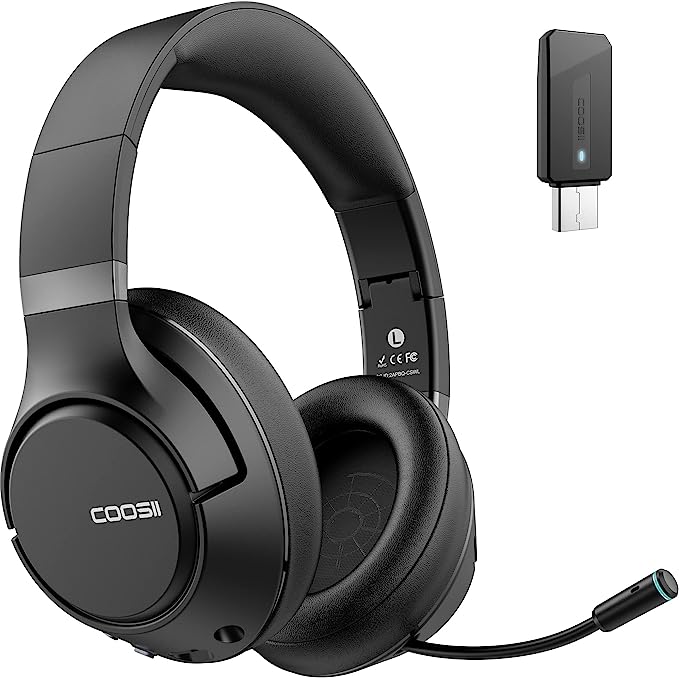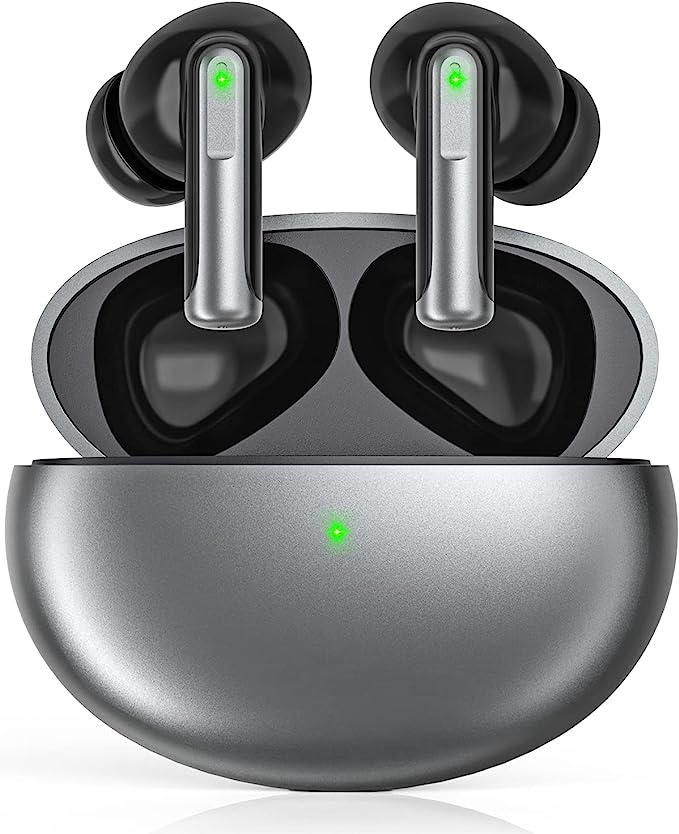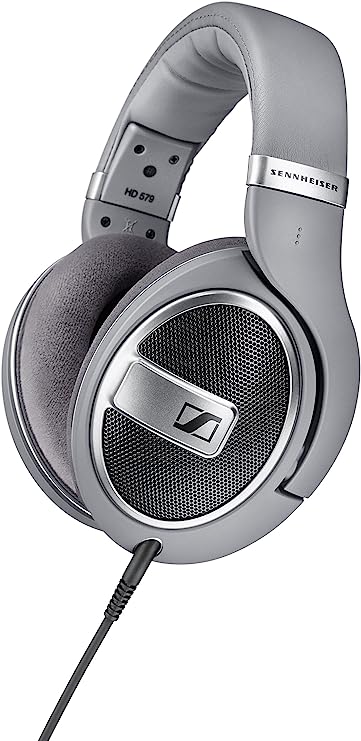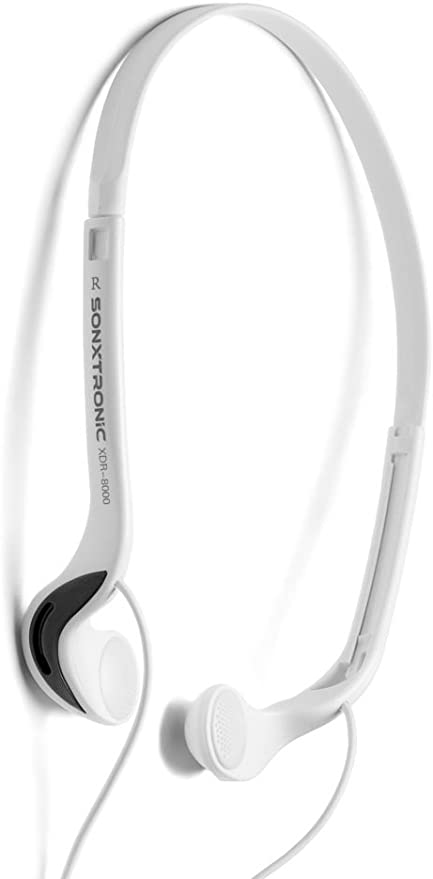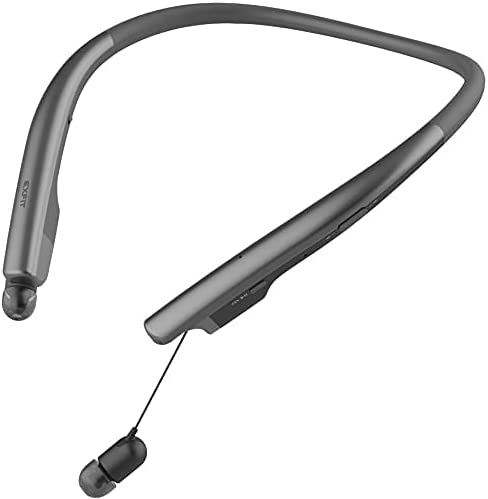A Beginner's Guide to Wireless Earbud Tech: Decoding Drivers, Bluetooth, and IP Ratings
Update on Oct. 30, 2025, 7:14 a.m.
Feeling overwhelmed? You’re not alone.
You’ve decided to buy a new pair of wireless earbuds, but the moment you start shopping, you’re hit with a wall of confusing numbers and acronyms: Bluetooth 5.3, 10mm drivers, aptX, IPX6, 30H Playback.
It feels like you need an engineering degree just to buy headphones.
Welcome to the club. The truth is, most of this jargon is far simpler than it sounds, but companies don’t always do a great job of explaining why it matters to you.
That’s where I come in. Think of me as your mentor for this journey. We’re going to ignore the marketing hype and focus on the fundamentals. My goal is to demystify this technology, step-by-step, so you can confidently choose the right pair for your needs—whether it’s for music, calls, or workouts.
To make this practical, we’ll use one specific model, the Monster N-Lite 203 AirLinks, as a running “case study.” Not because I’m selling it, but because it has all the modern features we need to talk about. By the end of this guide, you’ll be able to look at any product page and know exactly what you’re paying for.
Let’s begin.
Part 1: The Core of Sound — What You Actually Hear
When you strip everything else away, an earbud has two jobs: create sound and get that sound to your ear. This involves two key pieces of technology: the Driver and the Codec.
Lesson 1: The Driver (The “Speaker”)
Think of a “driver” as a tiny, traditional loudspeaker shrunk down to fit in your ear. It’s the physical component that vibrates to create the sound waves.
- How it Works: It has a diaphragm (a thin membrane), a voice coil, and a magnet. The audio signal makes the coil vibrate, which moves the diaphragm, which moves the air, and that creates the sound you hear.
- What Does “10mm Driver” Mean? This refers to the diameter of that diaphragm. As a general (but not perfect) rule, a larger driver can move more air. This is especially helpful for creating a full, rich, and powerful bass. You’ll see sizes from 6mm (common in very compact buds) up to 10mm or even 14mm.
- Our Case Study: The Monster N-Lite 203, for instance, uses 10mm dynamic drivers. This tells you it’s designed to produce a “big” sound with a strong low end. A smaller 6mm driver might be more focused on clarity and treble but could sound “thinner” in comparison.
Your Takeaway: You don’t need a specific size, but if you love bass and powerful music (like EDM or hip-hop), looking for buds with larger drivers (9mm and up) is a good place to start.

Lesson 2: The Codec (The “Language”)
The driver is the speaker, but the codec is the language it speaks with your phone.
Because a Bluetooth connection doesn’t have unlimited space, your phone has to compress your music file (like a high-quality Spotify stream or MP3) to send it, and the earbud has to uncompress it. The codec is the “compression/uncompression” rule they both agree to use.
- SBC (The “Default”): This is the mandatory, universal codec. Every Bluetooth audio device has it. It’s functional, but it’s an older technology and has to compress the music a lot, which can sometimes result in a noticeable loss of detail (especially in the high and low notes).
- AAC (The “Apple Standard”): This is what iPhones and iTunes use. It’s much more efficient than SBC and provides excellent sound quality, especially on Apple devices.
- aptX (The “Android High-Performer”): This is a family of codecs developed by Qualcomm (a company that makes most Android phone chips). aptX is celebrated because it uses a “smarter” compression that preserves more of the original sound data. Many audiophiles feel it “restores richer sound details” and provides a clearer, fuller experience on compatible (mostly Android) phones.
Our Case Study: The N-Lite 203 lists “Qualcomm aptX” support. This is a premium feature. It means if you have a phone that also supports aptX, the “language” they speak will be much more detailed than the default SBC, allowing you to hear more of the original recording.
Your Takeaway: If you have an iPhone, look for AAC support. If you have a modern Android phone, look for aptX support to get the best possible sound quality from your wireless connection.
Part 2: The “Wireless” in Wireless Earbuds
Now, let’s talk about the connection itself. This is where most of the frustration with early wireless buds came from—choppy audio, dropouts, and that annoying video lag.
Lesson 3: The Bluetooth Version (The “Highway”)
Think of the Bluetooth version (like 5.0, 5.2, or 5.3) as the highway between your phone and your earbuds.
- Bluetooth 4.x (The “Old Road”): This was the old standard. It worked, but it was a bit like a single-lane road—slower, prone to congestion (interference), and used more power.
- Bluetooth 5.0 (The “Modern Highway”): This was a massive upgrade. It doubled the speed, quadrupled the range, and made dual-audio (connecting to two devices) possible.
- Bluetooth 5.3 (The “Smart Highway”): This is the latest and greatest, as seen in our case study. It doesn’t radically change speed or range from 5.0, but it’s much smarter and more efficient. It allows the earbuds to “sleep” more effectively and wake up faster, which saves battery life. It also improves connection stability, making it less likely to drop out when you put your phone in your back pocket or walk into another room (the N-Lite 203 claims a range of up to 15m/49ft).

Lesson 4: Latency (The “Lip-Sync” Problem)
Have you ever watched a video where you see someone’s lips move before you hear their voice? That’s latency, or delay. It’s the time it takes for the audio to be processed and sent wirelessly to your ears.
For music, a little latency doesn’t matter. But for videos and gaming, it’s a deal-breaker.
This is where advanced codecs and Bluetooth versions team up. Some buds (like our N-Lite 203 example) specifically mention “aptX Low Latency” technology. This is a special mode designed to crush that delay, reducing it to a level (often under 40 milliseconds) that is virtually imperceptible. This ensures that what you see and what you hear are perfectly synchronized.
Your Takeaway: If you only listen to music and podcasts, any Bluetooth 5.0+ earbud will be fine. If you watch a lot of videos or play games, look for Bluetooth 5.2 or 5.3 and a Low Latency mode (often paired with aptX) to avoid that annoying lip-sync delay.
Part 3: The “Real-Life” Features That Matter
Great sound is useless if the earbuds are uncomfortable, die in an hour, or break the first time you sweat. Let’s talk about the practical, physical specs.
Lesson 5: Durability (The “Raincoat” Rating)
You will see an “IP” rating on almost every earbud. This stands for “Ingress Protection.” It’s a universal standard for how resistant a device is to dust and water.
It looks like this: IPX6
- The “X”: The first character is for solids (dust). “X” means it hasn’t been tested for dust. This is common on earbuds.
- The “6”: The second number is for liquids (water), and this is the one you care about.
Here’s a simple breakdown: * IPX4: Splash-resistant. Can handle sweat from a normal workout or light rain from any direction. This is the minimum you should accept for fitness. * IPX5: Water-jet resistant. Can handle sustained sweat and being rinsed off under a light tap. * IPX6: Powerful water-jet resistant. Can handle heavy rain, intense, sweaty workouts, and being rinsed under a more powerful tap. * IPX7: Fully waterproof. Can be submerged in 1 meter of water for 30 minutes.
Our Case Study: The N-Lite 203 has an IPX6 rating. This is a very strong rating. It means you can use them for the most intense, sweaty workouts or run in a downpour without a second thought. An IPX4 bud might fail under those conditions.
Your Takeaway: For casual listening, IPX4 is fine. For serious fitness and all-weather use, look for IPX5 or IPX6.

Lesson 6: Battery Life (The “Gas Tank”)
You will always see two battery life numbers.
1. Single Charge Playtime: This is how long the earbuds themselves last.
2. Total Playtime with Case: This is how many times the charging case can recharge the earbuds before the case itself needs to be plugged in.
Our Case Study: The N-Lite 203 claims “8 hours” of playtime on a single charge and “30 hours” total with the case.
That 8-hour number is excellent. Most buds today fall in the 5-8 hour range. (Note: this is always tested at 50-60% volume. If you blast your music, expect less). The 30 hours total means the case holds about 3 additional full charges.
Your Takeaway: Look for at least 5-6 hours of single-charge playtime. This ensures they’ll last through a long commute, a movie, or several workouts. The case total is less critical, as most provide at least 20-24 hours. Also, look for Type-C charging, as it’s the modern, fast, and reversible standard.
Lesson 7: Comfort (The “Glove”)
This is the most subjective, but arguably most important, feature. An earbud can have perfect sound and battery, but if it hurts your ear, you’ll never wear it.
The N-Lite 203, for example, is described as “featherweight” at just 3.85g (0.1oz) per earbud. This is incredibly light. A lighter bud puts less strain on your ear, allowing you to wear it for hours without fatigue.
Look for earbuds that come with multiple sizes of ear tips (small, medium, large) in the box. The “seal” that the tip creates in your ear canal is critical. A bad seal not only feels insecure (like it’s falling out) but it also lets all the bass escape, making your music sound thin and tinny.
Your Takeaway: You must find a good fit. Lighter buds are often more comfortable for long sessions. Always try the different ear tip sizes to get a secure seal.

Part 4: The Final Touches for Daily Use
Finally, let’s cover the two features you’ll use every single day: making calls and skipping tracks.
Lesson 8: Call Quality (The “Microphone”)
Why do some earbuds sound great for music but terrible for phone calls?
It’s because the microphones are tiny and far from your mouth. To fix this, good earbuds use multiple microphones. The N-Lite 203, for example, has “2 mics”.
This isn’t just for stereo. One mic focuses on capturing your voice, while the other listens to the ambient noise around you (like wind, traffic, or a coffee shop). A chip inside the earbud then intelligently subtracts the “noise” signal from the “voice” signal, leaving only your voice for the person on the other end to hear. This is often called “Environmental Noise Cancellation (ENC)” and it’s a lifesaver for clear calls.
Your Takeaway: If you make a lot of phone calls, don’t buy buds with only one microphone. Look for “dual-mic” or “ENC” features.
Lesson 9: Controls (The “Button”)
How do you pause the music or answer a call? * Physical Buttons: You have to physically push a button on the earbud. This is accurate and reliable, but it can also be uncomfortable, as it shoves the earbud deeper into your ear. * Touch Controls: You just tap or swipe the side of the earbud. This is what the N-Lite 203 uses. It’s far more comfortable. You can tap to play/pause, adjust volume, or even triple-tap to activate your phone’s Voice Assistant (Siri or Google Assistant) without ever pulling out your phone.
Your Takeaway: This is personal preference, but most modern earbuds are moving to touch controls for comfort.

Your Graduation: You’re No Longer a Beginner
Let’s review what we’ve learned, mentor-to-student.
You no longer need to be confused by a product page. You now know that: * Drivers (10mm): The “speaker.” Bigger often means more bass. * Codecs (aptX): The “language.” aptX (for Android) and AAC (for iPhone) are better than the default SBC. * Bluetooth (5.3): The “highway.” Version 5.2+ is more stable, is better for battery, and (with Low Latency) is essential for videos and gaming. * IP Rating (IPX6): The “raincoat.” IPX4 is the minimum for sweat; IPX6 is excellent for all-weather workouts. * Battery (8+30H): Look for 6+ hours in the buds themselves. * Mics (2 mics): Essential for clear phone calls in noisy places.
You are now equipped to make an informed choice. You can look at the specs of the Monster N-Lite 203, or any other earbud, and understand the science and engineering behind the promises. You can confidently decide what features you actually need and what’s just marketing noise.
Happy listening.
